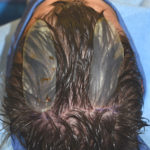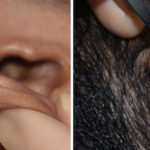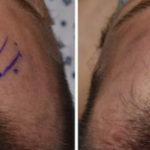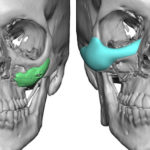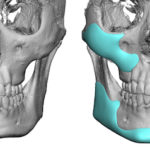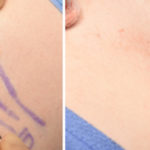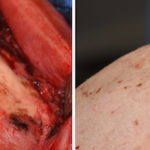Plastic Surgery Case Study – Strong Male Facial Masculinization with Custom Cheek and Jawline Implants
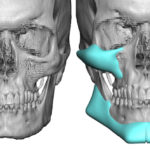
Background: The external appearance of the face is highly influenced by its bony foundation. While the overlying soft tissue also makes important contributions the overall gestalt of the face is framed by its skeletal structure. Such influences are well known by many of the basic gender differences in the male and female face and is Read More…



